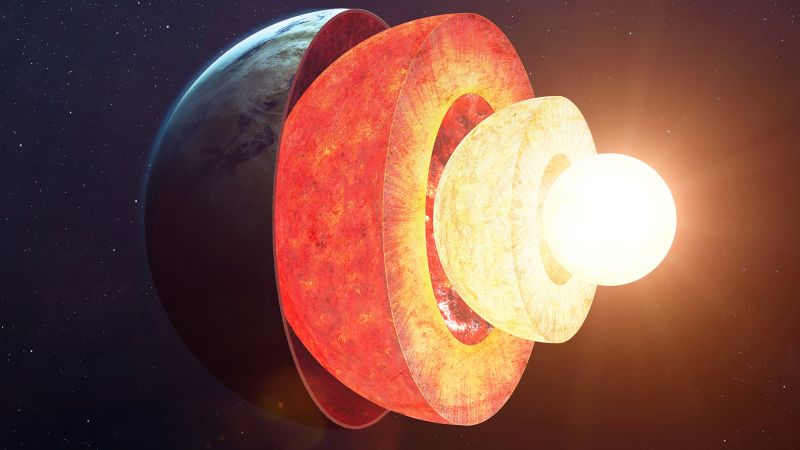
In recent years, a series of studies have reported unusual findings regarding the rotation of Earth's inner core. According to multiple sources, including CNN, Business Insider, Science Focus, and Smithsonian Magazine, the inner core has been slowing down since around 2010. This phenomenon is significant because the inner core's rotation directly influences Earth's magnetic field and may impact the length of a day.
The first indication of this change came from seismic data collected at various locations worldwide, such as South Sandwich Islands and Alaska. These observations revealed that S waves (shear waves) were traveling through the Earth faster than P waves (pressure waves), which is unusual because P waves typically travel faster. This discrepancy suggested that something was happening within the Earth's core.
Further analysis of seismograms and waveforms from these regions confirmed that the inner core had indeed slowed down, with some studies suggesting a decrease in rotation speed since around 2008. The cause of this change remains unclear, but scientists are investigating various theories, including changes in temperature or pressure within the core.
The implications of this discovery are far-reaching. A slower-spinning inner core could affect Earth's magnetic field and potentially shorten the length of a day. However, more research is needed to fully understand these potential consequences.
It is important to note that while multiple sources report similar findings, it is crucial to remain skeptical and consider the overall reliability of each source. The studies mentioned in this article have been published in reputable scientific journals such as Nature and Nature Geoscience, but it's essential to remember that even peer-reviewed research can contain errors or biases.
Sources: CNN: https://www.cnn.com/2024/07/05/science/earth-inner-core-rotation-slowdown-cycle-scn/ Business Insider: https://www.businessinsider.com/earths-inner-core-reverseddirectionandis slowingdown Science Focus: https://www.sciencefocus.com/news/earths-core-slowingdown Smithsonian Magazine: https://www.smithsonianmag.com/smartnews/earthsinnercoremaybeslowingitsspinanotherstudysuggests/

/https://tf-cmsv2-smithsonianmag-media.s3.amazonaws.com/filer_public/e0/96/e096f6b3-548a-432b-9353-9cc5868a3376/screenshot_2024-06-27_at_115054am.png)
/https://tf-cmsv2-smithsonianmag-media.s3.amazonaws.com/filer_public/8a/16/8a16572b-8df7-4157-986c-84c4e3e4eb29/gettyimages-188058517.jpg)

/https%3A%2F%2Ftf-cmsv2-smithsonianmag-media.s3.amazonaws.com%2Ffiler_public%2F80%2Fba%2F80ba370d-292e-4d28-9776-4ac3dcd131bf%2Fgettyimages-1465832641.jpg)
